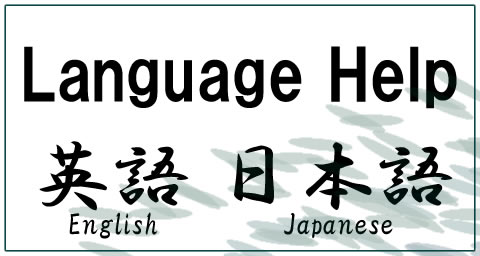Unlocking Language Barriers
Are you fascinated by the Japanese language but find it challenging to bridge the linguistic gap? Whether you’re an anime enthusiast, a traveler planning a trip to Japan, or a business professional exploring new markets, the need to translate Japanese content to English language is becoming increasingly important. In this article, we will delve into the intricacies of Japanese to English translation, explore the tools and techniques available, and provide insights into the cultural nuances that play a pivotal role in accurate and effective translation.
Table of Contents
Japanese, a language known for its intricate characters and rich cultural connotations, has gained international prominence. However, its complex grammar structure and cultural context can pose significant challenges for accurate translation.
Understanding the Challenges of Japanese to English Translation
Translating Japanese to English requires more than substituting words. It involves capturing the essence, tone, and subtleties of the original text. The Japanese language often relies on context, leaving room for multiple interpretations. Overcoming these challenges demands a deep understanding of both languages.
The Role of Cultural Nuances in Translation
Culture and language are intertwined. Successful translation entails recognizing cultural references, idioms, and social norms. This understanding prevents misinterpretations that might offend or confuse the target audience.
Tools and Technologies for Accurate Translation
Technology has revolutionized translation. From AI-driven software to online dictionaries, numerous resources aid translators. However, human intervention remains crucial to comprehend idiomatic expressions and cultural references.
Manual vs. Automated Translation: Pros and Cons
Automated translation tools offer convenience, but they lack the finesse of a human touch. Professionals can interpret context, emotions, and linguistic nuances better than machines.
The Art of Transcreation: Adapting Content for Cultural Relevance
Transcreation goes beyond translation, capturing the essence of the message while adapting it culturally. It’s essential for marketing, creative content, and maintaining the integrity of the original text.
Tips for Effective Japanese to English Translation
- Context Matters: Understand the context to avoid misinterpretation.
- Research Extensively: Deepen your understanding of cultural references.
- Simplify Complex Phrases: Break down complex sentences for clarity.
The Growing Demand for Professional Translators
The globalization of business and culture drives the demand for skilled translators who can convey messages accurately while respecting cultural norms.
Navigating Business and Legal Translation
In international business and legal contexts, precision is paramount. Misinterpretations can have legal and financial consequences.
Educational Benefits of Translation for Language Learners
Translation enhances language learning. It helps learners grasp grammar, idioms, and cultural influences.
Translation Ethics: Respecting Intent and Context
Ethical translation involves maintaining the author’s intent while adapting to the target language’s norms and values.
Future Trends in Language Translation Services
AI and machine learning will continue to advance, but human translators will remain essential for nuanced and context-heavy content.
Breaking Language Barriers: Translation in a Globalized World
Translation connects cultures and fosters understanding, making it a cornerstone of our interconnected world.
Unlocking Opportunities: Japanese Language and Beyond
Mastering Japanese unlocks diverse opportunities, from business partnerships to cultural exploration.
Conclusion
In a world that thrives on communication, accurate translation bridges language gaps and nurtures connections. Embracing the complexities of Japanese to English translation enriches our global dialogue.
FAQs
- Is automated translation accurate? Automated tools offer convenience but might miss context and cultural nuances. Human translators ensure higher accuracy.
- How do cultural differences impact translation? Cultural differences influence idioms, metaphors, and references, making cultural awareness vital for effective translation.
- What role does context play in translation? Context provides the framework for accurate interpretation, ensuring the intended message is conveyed.
- Why is transcreation important? Transcreation preserves the emotional and cultural intent of the original content, often vital in creative and marketing materials.
- What does the future hold for translation services? While AI will enhance efficiency, human translators will remain essential for nuanced and culturally sensitive content.








